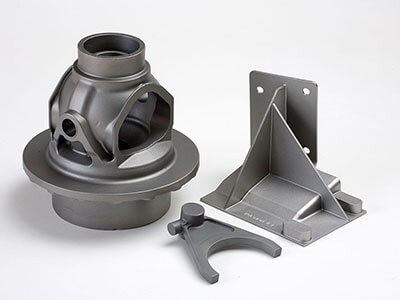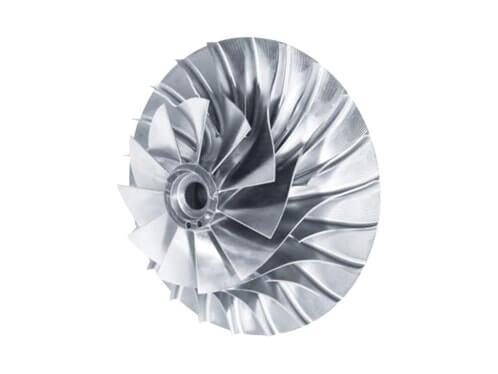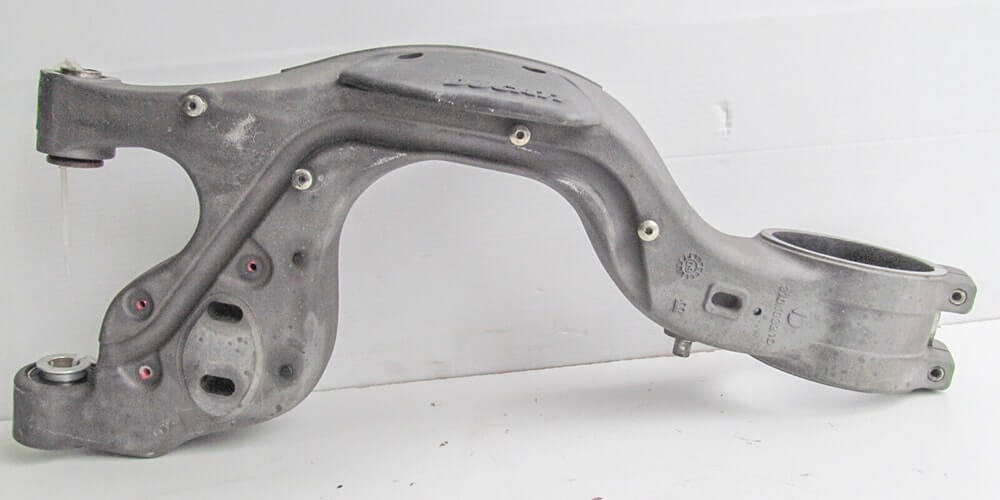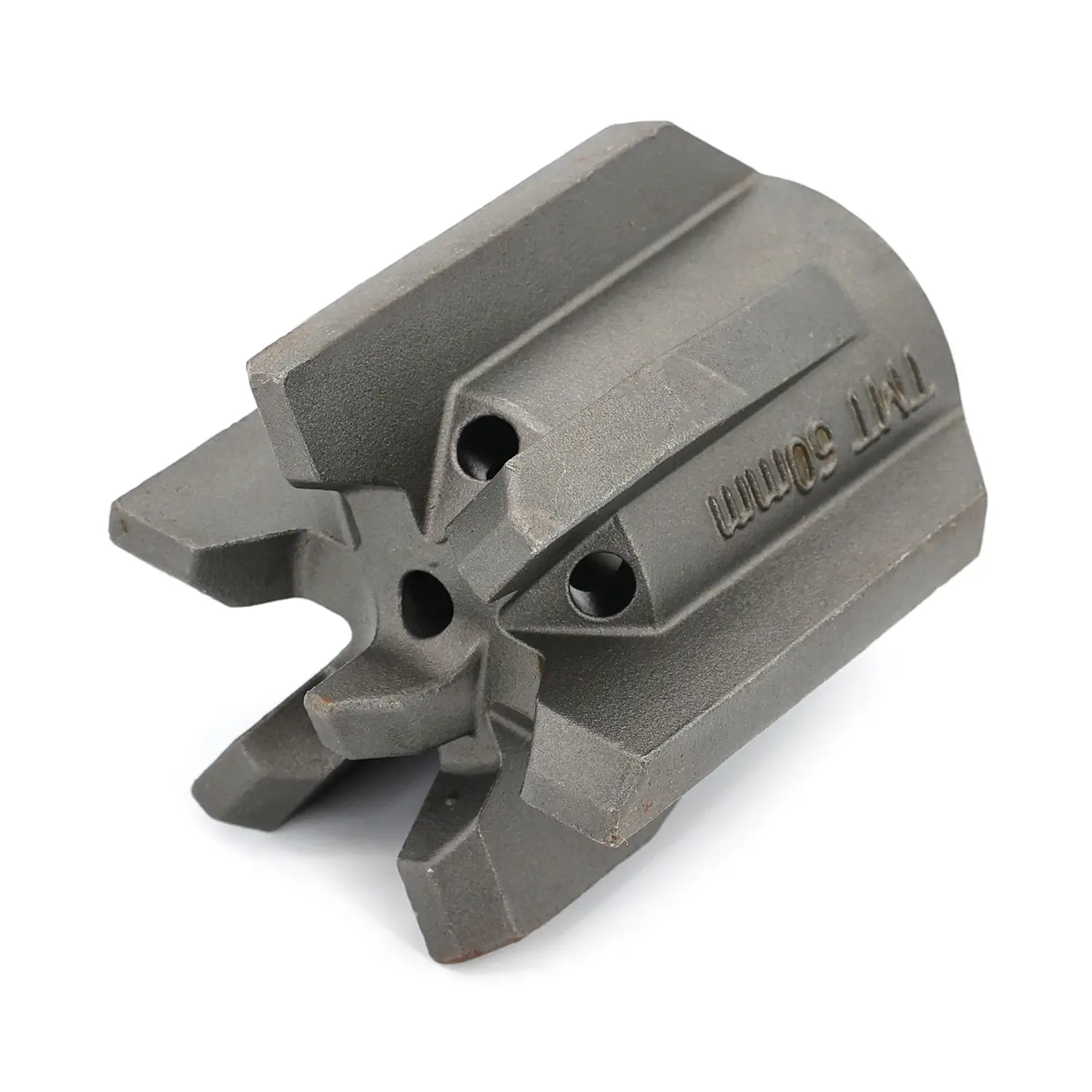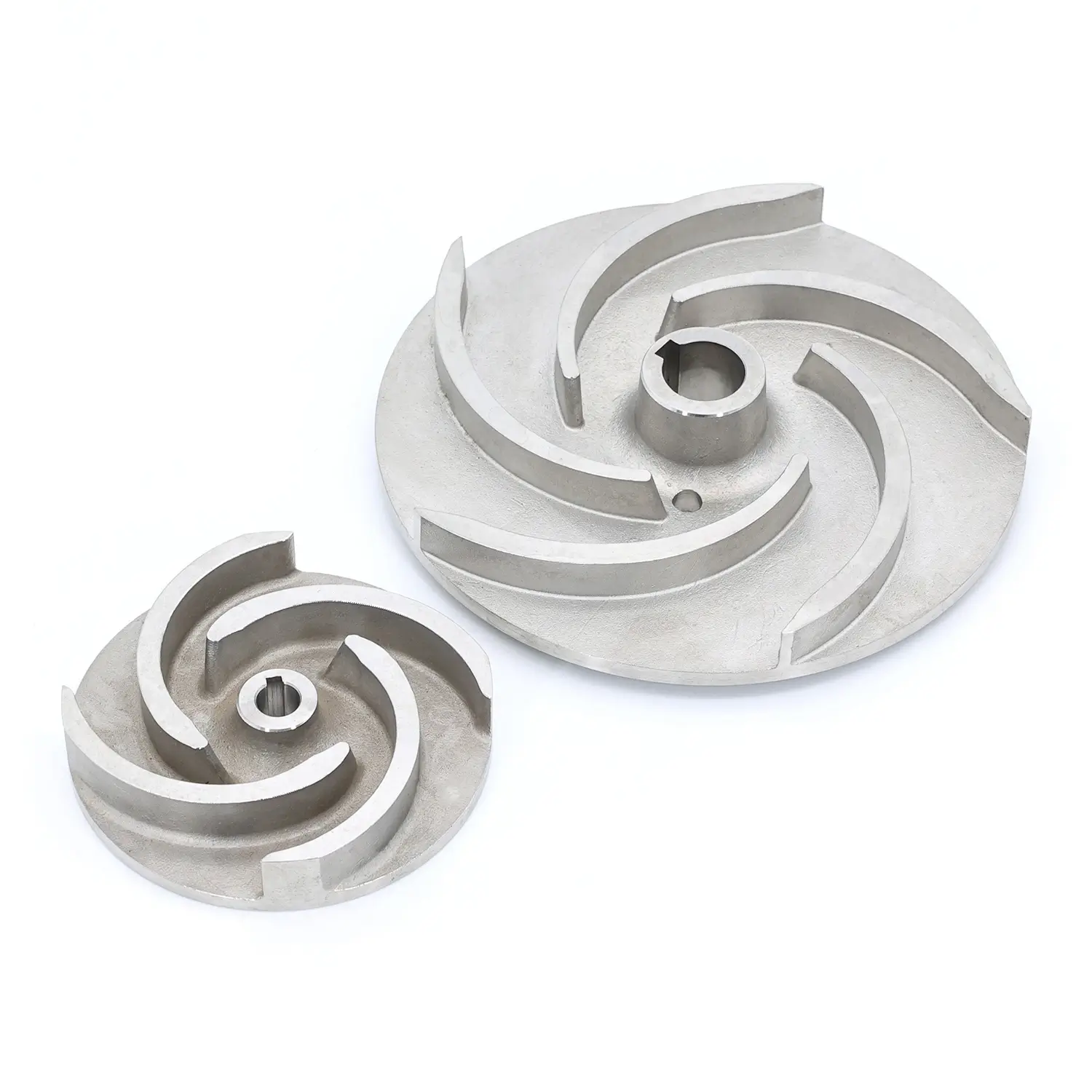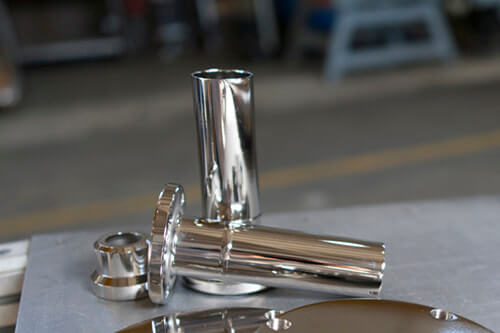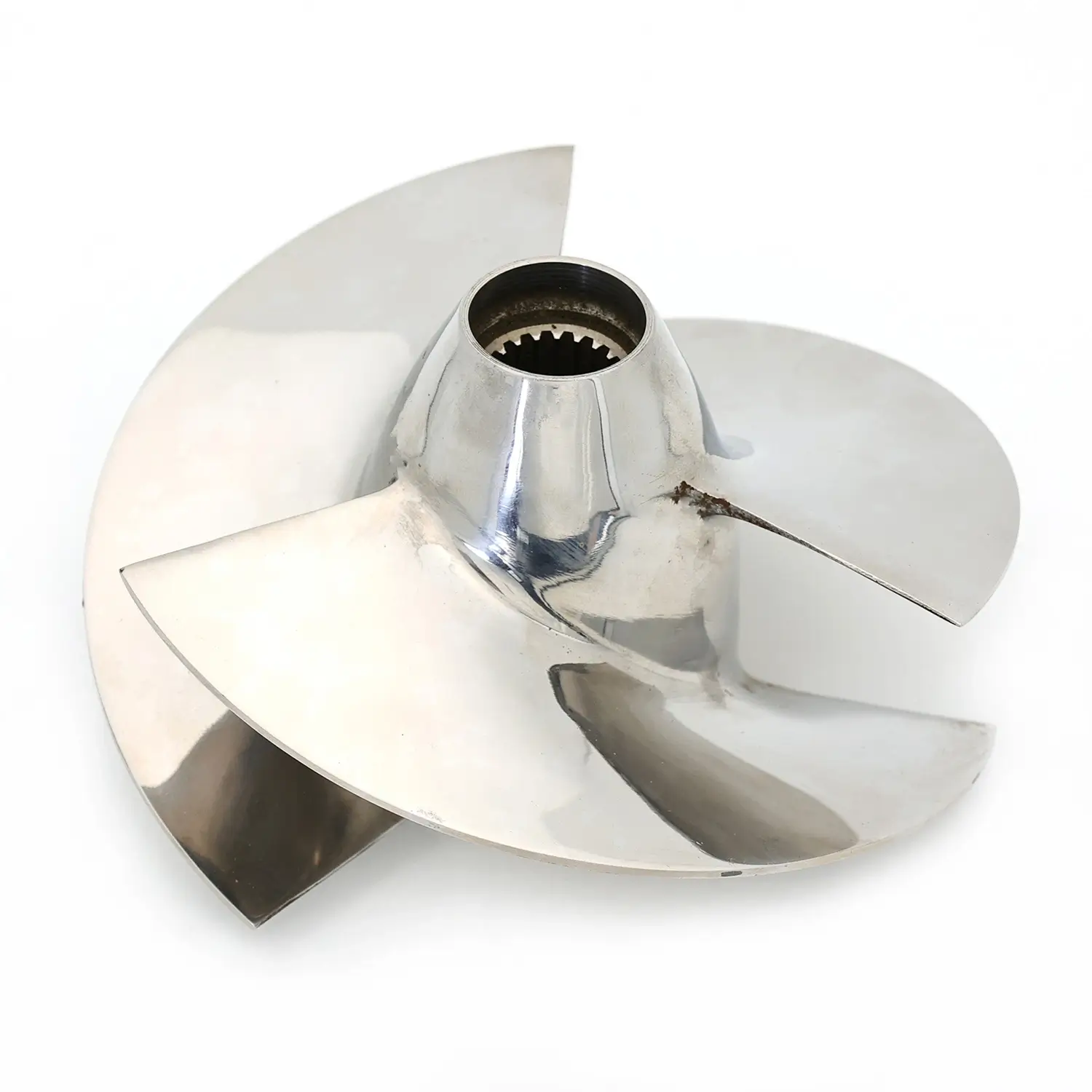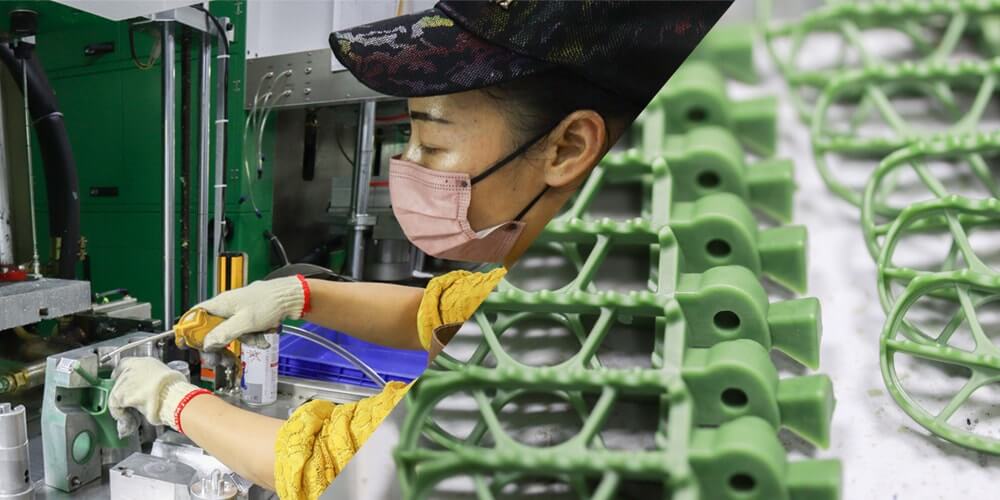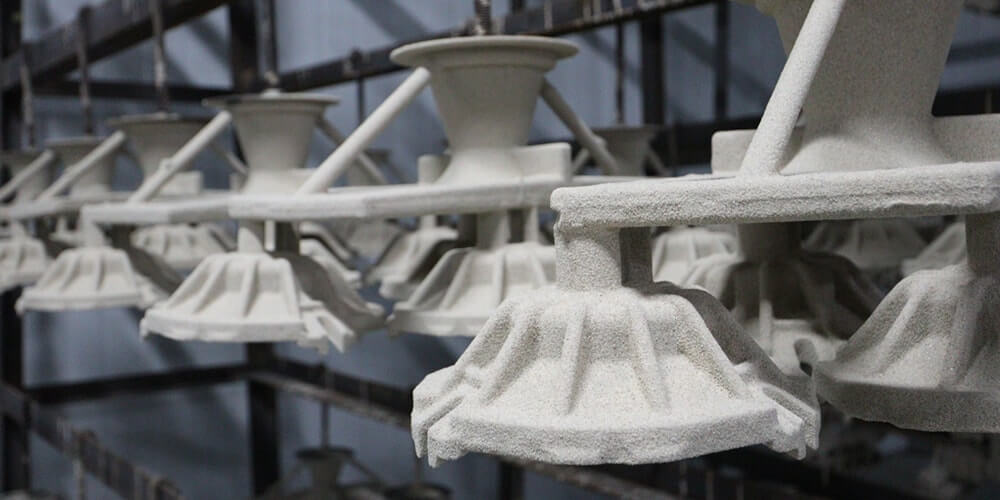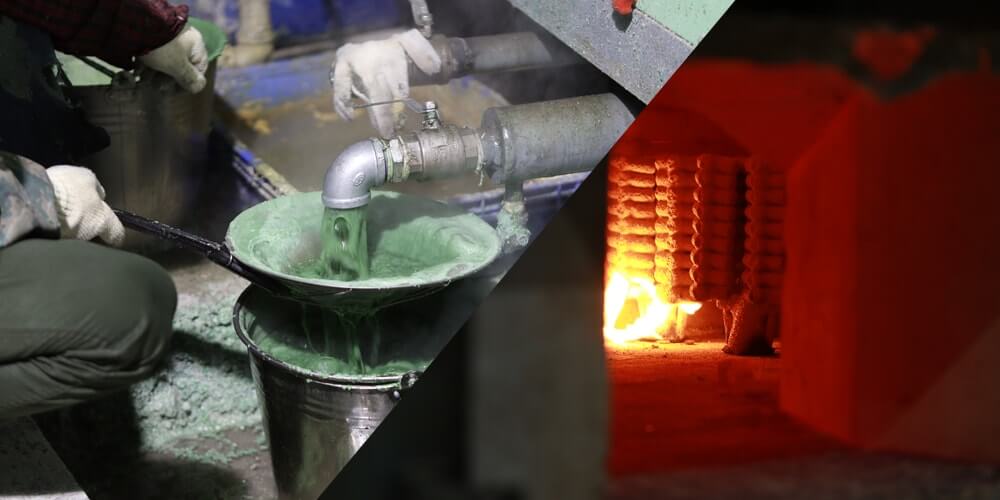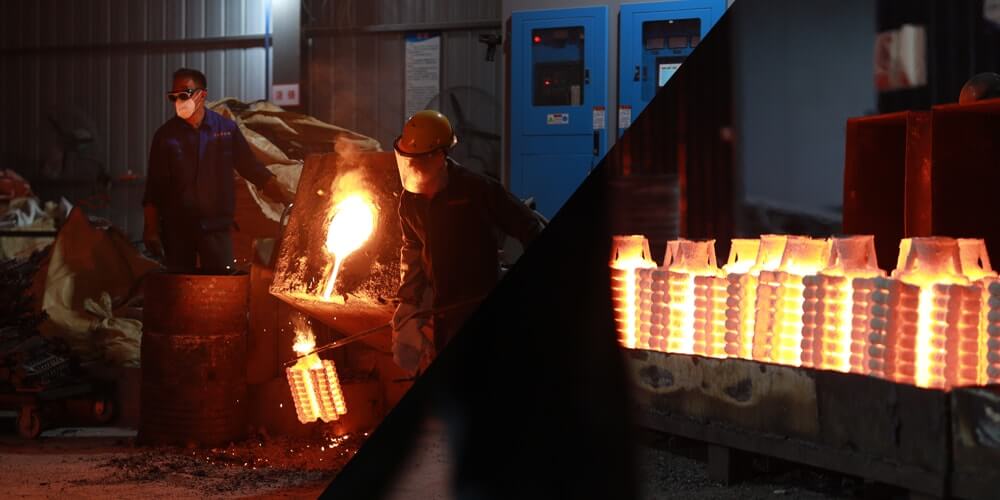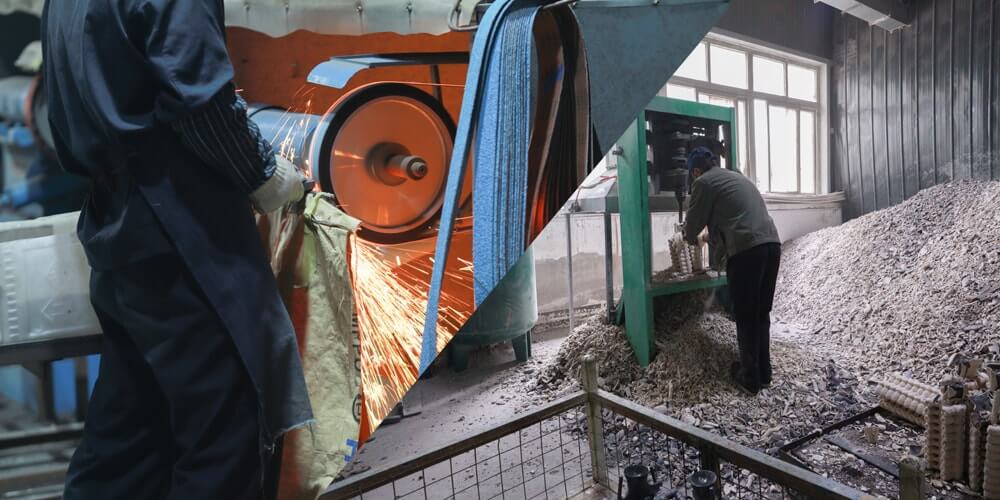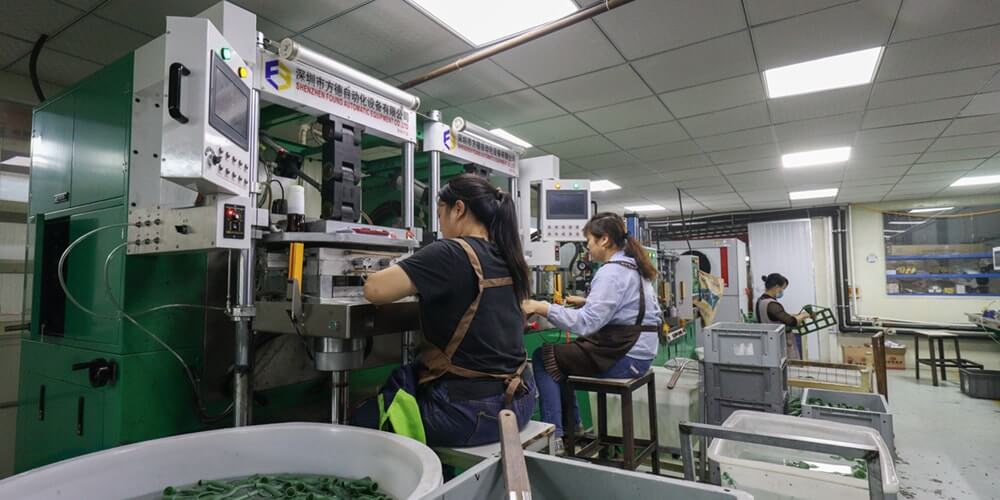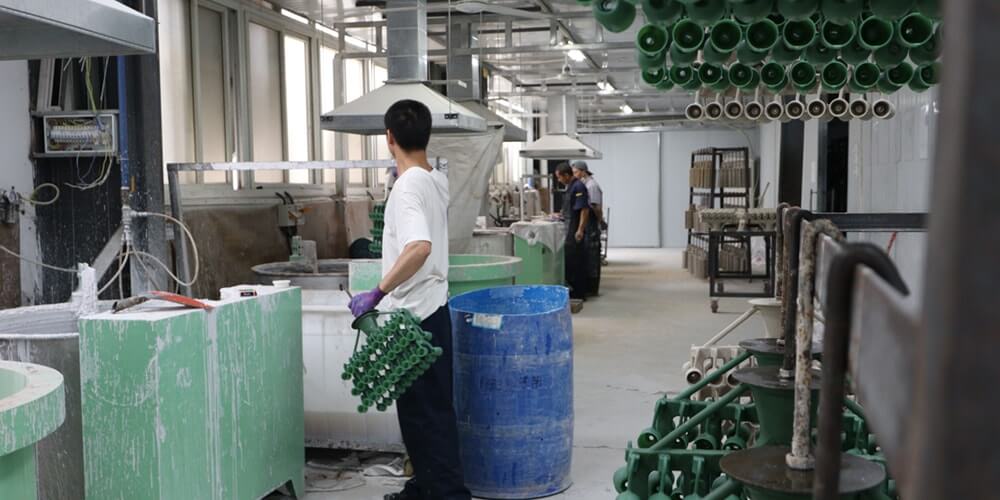18-8 stainless steel, commonly known as 304 stainless steel, is a widely used material known for its excellent mechanical properties and corrosion resistance. It is a versatile material suitable for various applications across multiple industries, including automotive, aerospace, medical, food processing, and more.
Properties of 18-8 Stainless Steel
Composition
18-8 stainless steel, also known as Type 304 stainless steel, is an austenitic grade of stainless steel characterized by its specific composition. The primary alloying elements in this grade are:
- Chromium (approximately 18%): Chromium is a critical element in stainless steel, as it forms a protective oxide layer on the material’s surface, enhancing its corrosion resistance. This oxide layer is known as a passive film, which helps prevent the steel from reacting with its environment and deteriorating.
- Nickel (approximately 8%): Nickel adds to the alloy’s overall corrosion resistance, mechanical properties, and improves its ability to withstand high temperatures. It also stabilizes the austenitic structure, which contributes to the material’s excellent formability and weldability.
In addition to chromium and nickel, 18-8 stainless steel contains small amounts of other elements:
- Carbon (up to 0.08%): Carbon is present in small quantities and primarily affects the material’s strength and hardness. In 18-8 stainless steel, the carbon content is kept low to minimize the risk of intergranular corrosion.
- Manganese (up to 2%): Manganese contributes to the steel’s strength and wear resistance. It also helps to improve hot workability during the manufacturing process.
- Silicon (up to 1%): Silicon is added to improve the steel’s oxidation resistance at high temperatures and enhance its overall strength.
- Sulfur (up to 0.03%): Sulfur is kept at a low level to minimize its detrimental effects on the material’s corrosion resistance and toughness.
Mechanical Properties
18-8 stainless steel exhibits remarkable mechanical properties, making it an attractive choice for various applications:
- Tensile strength: This grade has a high tensile strength, typically ranging between 515 to 620 MPa, depending on the specific heat treatment applied.
- Yield strength: Yield strength refers to the stress at which a material starts to deform plastically. 18-8 stainless steel generally has a yield strength of around 205 MPa, which signifies its ability to withstand significant loads before deforming.
- Elongation: Elongation is the measure of a material’s ability to deform under stress without breaking. 18-8 stainless steel has excellent ductility, with elongation values ranging from 40% to 60%, depending on the heat treatment and specific product form.
These mechanical properties make 18-8 stainless steel suitable for applications where strength, durability, and formability are essential, such as structural components, automotive parts, and fasteners.
Corrosion Resistance
18-8 stainless steel is renowned for its exceptional corrosion resistance, making it suitable for use in harsh environments and applications exposed to corrosive elements. The material’s corrosion resistance is primarily due to its chromium content, which forms a passive oxide film on the surface. This protective layer prevents the steel from reacting with its environment, which would otherwise cause oxidation and corrosion.
The corrosion resistance of 18-8 stainless steel is further enhanced by its nickel content, which improves the stability of the passive film and helps maintain its integrity under various conditions.
Some specific types of corrosion that 18-8 stainless steel can resist include:
- General corrosion: Uniform attack on the material’s surface in the presence of corrosive agents such as acids or salts.
- Pitting corrosion: Localized corrosion that results in small pits or cavities on the material’s surface.
- Crevice corrosion: Corrosion that occurs in narrow, confined spaces where stagnant conditions may develop, such as in crevices between two mating surfaces.
Applications
18-8 stainless steel precision casting can be used to produce a wide range of components for various industries. Here are some specific applications based on the industries mentioned earlier:
Automotive Industry
- Engine components: valve covers, intake manifolds, and fuel injector housings
- Exhaust systems: exhaust manifolds, muffler hangers, and catalytic converter housings
- Structural components: brackets, hinges, and chassis parts
- Transmission parts: gear housings, shift forks, and clutch components
Aerospace Industry
- Landing gear components: struts, shock absorbers, and wheel hubs
- Engine components: turbine housings, fuel nozzles, and combustion chambers
- Structural components: brackets, hinges, and fittings
- Interior components: seat frames, door handles, and latches
Medical Industry
- Surgical instruments: forceps, scalpel handles, and needle holders
- Implants: joint replacement components, bone plates, and dental implants
- Medical device components: pump housings, valve bodies, and brackets
- Diagnostic equipment: X-ray machine components, ultrasound probes, and MRI machine parts
Food Processing Industry
- Mixing equipment: impellers, blades, and agitators
- Conveyor components: sprockets, rollers, and brackets
- Pumps and valves: pump housings, valve bodies, and impellers
- Food processing machinery: cutting blades, slicers, and grinder components
Construction Industry
- Structural components: brackets, connectors, and fasteners
- Architectural hardware: door handles, hinges, and balustrades
- Plumbing fixtures: faucets, valves, and pipe fittings
- Heavy machinery components: gears, bushings, and wear plates
Marine Industry
- Propulsion components: propellers, shafts, and rudders
- Deck hardware: cleats, winches, and anchors
- Structural components: brackets, hinges, and fittings
- Marine engine components: exhaust manifolds, valve covers, and pump housings
These examples showcase the versatility of 18-8 stainless steel precision casting in producing complex and high-quality parts for various applications across different industries.
However, it is essential to note that while 18-8 stainless steel offers good corrosion resistance, it may not be suitable for all environments or applications. For instance, it is not recommended for use in highly concentrated chloride environments or in elevated temperatures where the risk of stress corrosion cracking increases. In such cases, more specialized stainless steel grades, such as 316 or duplex stainless steel, may be more appropriate.
Precision Casting Process
Precision casting, also referred to as investment casting or lost-wax casting, is a manufacturing process capable of producing complex parts with high dimensional accuracy and excellent surface finish. This process is ideal for creating components with intricate geometries and minimal need for post-casting machining.
Wax pattern creation
Injection molding: It all starts with a wax replica of the part, also known as a pattern. Think of it as creating a clone army, but for motorcycle parts. Manufacturers use injection molding machines to inject molten wax into a metal die, which then cools and solidifies into the desired shape.
Wax pattern assembly: Next, the wax patterns are attached to a central wax sprue, forming a “tree.” This is similar to how Christmas ornaments hang on a tree, except that these “ornaments” will eventually become shiny, metallic motorcycle components.
Shell molding
Dipping: Now, it’s time to suit up! The wax tree is dipped into a ceramic slurry, coating it with a fine layer of ceramic material.
Stuccoing: After each dip, the tree is coated with a layer of coarse ceramic particles called stucco. It’s like giving the tree a ceramic makeover, gradually building up a thicker shell.
Drying: The coated tree then dries and hardens, preparing it for the wax removal step.
Wax removal and mold firing
Autoclaving: The ceramic shell is placed in an autoclave, where high-pressure steam melts and removes the wax. It’s like a spa treatment for the shell, but with less relaxation and more molten wax.
Burnout: The shell is then fired in a high-temperature furnace, solidifying the ceramic mold and incinerating any remaining wax residue. Talk about a hot yoga session for the mold!
Pouring and solidification
In this fiery finale, molten metal is poured into the now-empty ceramic mold. The metal cools and solidifies, taking the shape of the desired part. It’s like a metal concert, but with actual molten metal.
Post-processing
Shell removal: The ceramic shell is broken away, revealing the shiny new metal part beneath. It’s like cracking open a piñata, but with a metal prize inside.
Part cut-off: The individual parts are then cut from the central sprue, ready for their final finishing touches.
Grinding and finishing: Last but not least, any rough edges are ground down, and the part is polished to perfection. Voila! You now have a beautifully cast motorcycle component.
Advantages of Precision Casting
Some of these advantages include:
High Dimensional Accuracy
Precision casting is known for its ability to produce parts with tight tolerances and exceptional dimensional accuracy. The process can achieve tolerances as tight as +/- 0.1% of the nominal dimension, depending on the material, part geometry, and size. This level of precision is difficult to achieve with other casting methods, such as sand casting or die casting.
This high dimensional accuracy is mainly attributed to the use of a wax pattern and the ceramic shell, which ensures the molten metal accurately replicates the shape of the desired part. Furthermore, the ceramic shell has minimal thermal expansion, which helps maintain the desired dimensions during the casting process.
Excellent Surface Finish
Precision casting delivers parts with excellent surface finishes, often in the range of 63 to 125 RMS (root mean square) microinches, depending on the material and part geometry. This superior surface finish is due to the smooth ceramic shell surface, which results in a minimal amount of surface roughness on the final cast part.
The high-quality surface finish achieved through precision casting often eliminates or reduces the need for post-casting finishing processes, such as grinding or polishing, which can save both time and cost in the production process.
Capability to Produce Complex Parts
Precision casting is well-suited for producing parts with intricate geometries and complex features, including thin walls, undercuts, and internal cavities. The process can also accommodate various part sizes, from small, intricate components to larger, more substantial parts.
The use of a wax pattern and ceramic shell allows for the accurate reproduction of even the most complex designs. Additionally, the ability to produce single-piece castings without the need for assembly or welding helps maintain the structural integrity and strength of the final part.
Reduced Need for Post-Casting Machining
Precision casting often requires minimal post-casting machining, as the process can produce parts with tight tolerances and excellent surface finishes. This reduction in machining requirements can lead to significant cost savings and faster production times.
By eliminating or reducing the need for machining, precision casting can also minimize material waste, resulting in a more sustainable and efficient manufacturing process.
Precision Casting of 18-8 Stainless Steel
Factors to Consider
When casting 18-8 stainless steel using precision casting, it is essential to consider several factors to ensure the integrity, quality, and desired properties of the final part:
1. Temperature Control
Precise temperature control is crucial during the casting process. The pouring temperature, mold temperature, and cooling rates must be carefully monitored and maintained within specific ranges to avoid defects, such as hot tearing, shrinkage porosity, or loss of mechanical properties. Proper temperature control also helps prevent excessive grain growth, which can negatively affect the material’s properties and performance.
2. Alloy Modifications for Castability
In some cases, alloy modifications may be necessary to improve castability and ensure the desired mechanical properties and corrosion resistance. These modifications can include adjustments to the chemical composition, such as controlling the carbon content, or the addition of alloying elements, like molybdenum or nitrogen, to enhance specific properties. It is essential to balance these modifications with the required performance characteristics and industry standards.
3. Shrinkage Compensation
As the molten metal cools and solidifies, shrinkage occurs, which can lead to dimensional inaccuracies and defects, such as shrinkage porosity or internal voids. Properly accounting for shrinkage is essential to achieve accurate dimensions and avoid defects in the final part. This can be done by using accurate simulations, designing proper gating and riser systems, and adjusting the mold geometry to compensate for shrinkage during the solidification process.
Techniques and Best Practices
Implementing best practices and using appropriate techniques are essential to achieve high-quality precision cast 18-8 stainless steel parts:
1. Optimized Gating and Runner Systems
Designing and implementing optimized gating and runner systems are crucial to facilitate the smooth flow of molten metal into the mold cavity. A well-designed system helps prevent defects, such as turbulence, gas entrapment, and cold shuts, by ensuring the proper filling of the mold and minimizing temperature gradients during the process.
2. Advanced Simulation Tools
Employing advanced simulation tools, such as computational fluid dynamics (CFD) and solidification modeling, can help predict potential defects and optimize the casting process. These tools enable foundries to visualize the flow of molten metal, identify areas prone to defects, and make necessary adjustments to the mold design, gating system, or process parameters.
3. Strict Quality Control Measures
Implementing strict quality control measures throughout the entire casting process is essential to ensure the production of high-quality 18-8 stainless steel parts. Quality control measures may include:
- Ensuring the proper preparation and consistency of the wax patterns and ceramic shell molds
- Monitoring and controlling temperature parameters during melting, pouring, and solidification stages
- Conducting non-destructive testing, such as radiographic or ultrasonic inspections, to identify internal defects
- Performing destructive tests, such as tensile or impact testing, to verify the mechanical properties of the cast parts
SIPX Casting: Your Partner for Stainless Steel Precision Casting
SIPX Casting has over 10 years of foundry experience and specializes in stainless steel casting. Our commitment to quality and customer satisfaction has made us a trusted partner for clients across various industries.
SIPX Casting has extensive expertise in 18-8 stainless steel precision casting. Our state-of-the-art technology, equipment, and skilled workforce enable us to produce high-quality parts that meet our clients’ exact specifications.
Why Choose SIPX Casting
There are several reasons to choose SIPX Casting as your stainless steel precision casting partner:
- State-of-the-art technology and equipment
- Skilled and experienced workforce
- Competitive pricing and fast turnaround times
- Commitment to quality and customer satisfaction
Conclusion
In summary, 18-8 stainless steel is a versatile material with excellent mechanical properties and corrosion resistance, making it suitable for various applications. Precision casting is a manufacturing process that can produce complex parts with high dimensional accuracy and excellent surface finish. Partnering with SIPX Casting for your 18-8 stainless steel precision casting needs ensures you receive high-quality parts, competitive pricing, and fast turnaround times.
